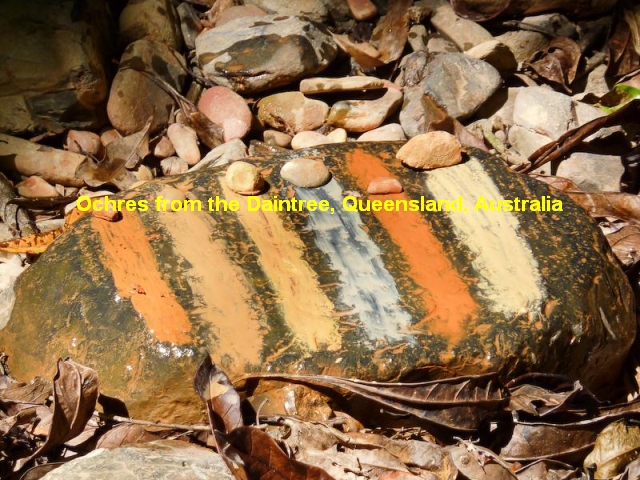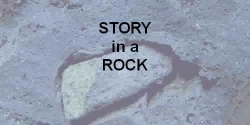Ochre
Ochre- the oldest pigment in the world
Ochre is one of a variety of forms of iron oxide which are described as earth-based pigments.
These pigments, used by ancient and modern artists, are made of iron oxyhydroxide, which is to say they are natural minerals and compounds composed of varying proportions of iron (Fe3 or Fe2), oxygen (O) and hydrogen (H).

Other natural forms of earth pigments related to ochre include sienna, which is similar to yellow ochre but warmer in color and more translucent; and umber, which has goethite as its primary component and incorporates various levels of manganese.
Red oxides or red ochres are hematite-rich forms of yellow ochres, commonly formed from aerobic natural weathering of iron-bearing minerals.

Prehistoric and Historic Uses Natural iron-rich oxides provided red-yellow-brown paints and dyes for a wide range of prehistoric uses, including but in no way limited to rock art paintings, pottery, wall paintings and cave art, and human tattoos.
Ochre is the earliest known pigment used by humans to paint our world--perhaps as long ago as 300,000 years. Other documented or implied uses are as medicines, as a preservative agent for animal hide preparation, and as a loading agent for adhesives (called mastics).
Ochres are the result of weathering
wish to learn more about WEATHERING AND SOILS

